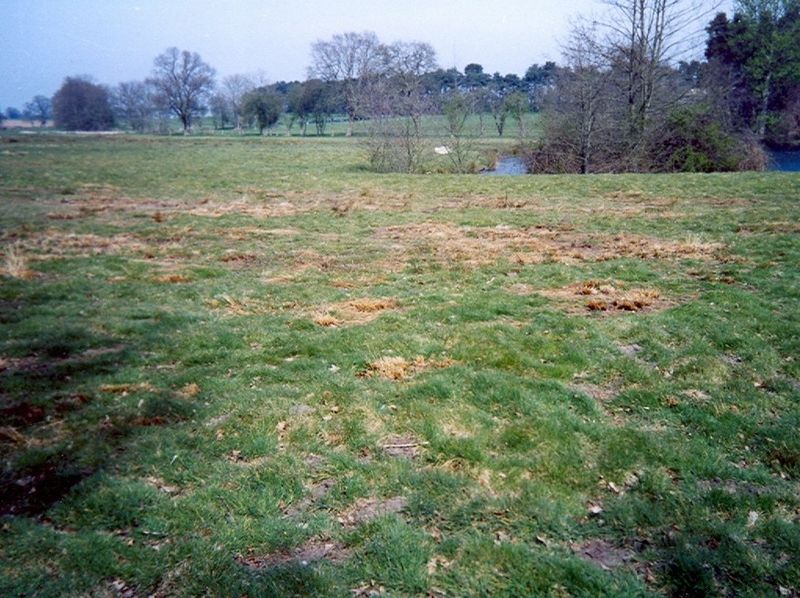
By Dr Terry Mabbett
Countryside Council for Wales (CCW) is obtaining good results with its recently acquired Micron WeedWipers according to Jon Wohlgemuth, a CCW Reserves Manager who is based in Abergavenny. John took delivery of a 2m WeedWiper unit in October 2010 and followed up soon after with the purchase of a 6m unit for use on other National Nature Reserves (NNR) in the region.
The WeedWipers are mainly being used to manage excess growth and spread of soft rushes (Juncus effusus) in valuable wet grassland habitats. Jon Wohlgemuth told Micron Sprayers how the 2m unit is achieving excellent results on the hillier sites while the 6m unit is proving ideal for soft rush management across the wider and flatter areas of damp grassland characteristic of Newport Wetlands in the Gwent Levels.
Ecological value of these wetlands is two-fold. In spring and summer, they are critically important for ground nesting birds like the Lapwing, once common and widespread but now increasingly rare. Secondly they are winter feeding grounds for large flocks of wild waterfowl including teal, shell duck and widgeon.
Jon refers to another even more specialised damp grassland site within the Cwm Cadlan NNR. Cwm Cadlan is a mosaic of wet grassland fields in a small valley to the north west of Merthyr Tydfil. Lime-rich waters cascade through the reserve and sustain the unique marshy grassland habitat, as well as the great variety of specialised plants and animals that live there. The reserve is part of the Cwm Cadlan Site of Special Scientific Interest (SSSI) and Special Area of Conservation (SAC).
Known as ‘fen-meadow’ or ‘alkaline fen’, this highly specialised wet grassland habitat supports a wide range of rare wild plants including orchids, sedges, insectivorous plants (like butterwort) and bryophytes (mosses and liverworts).
“The site has European Designation and is therefore internationally protected so we must make sure we safeguard the habitat,” says Jon. “This means we are essentially left with either cutting excess rush growth, which is too repetitive, labour intensive and costly, or using an environmentally friendly herbicide applicator like WeedWiper,” says Jon Wohlgemuth. “By exploiting the height difference between soft rush growth and valued plants below, WeedWiper delivers herbicide by brush contact with no drips or drift thereby allowing us to efficiently manage weeds without compromising this highly sensitive unique environment,” says Jon.
Jon stresses how this is a weed management rather than a weed control situation and operation. “We are not trying to eradicate the soft rushes. Soft rushes are an essential and integral part of the habitat’s fabric but sometimes there is just too much of it. The great advantage of the WeedWiper is its all-round selectivity. We can selectively target the taller soft rush growth and operate it over restricted areas without any fear of drift into adjacent areas,” he says.
Selectivity by application provided by The Micron WeedWiper is the answer for conservationists who are in the business of managing wild plants below weed status rather than trying to eradicate them, as would be the case in most agricultural and industrial weed-control situations.
CCW have also been trialling their WeedWipers for control of bracken at other sites across South & East Wales. They report good control and safety levels, especially when the bracken is high.


